In the clinic dysfunction in the TFL muscle is commonly associated with knee pain and anterior hip pain.
The TFL muscle is essentially a part of the large band of tissue on the outer thigh called the Iliotibial band (ITB). The ITB attaches into the outer knee fasciae known as the lateral retinaculum and also the lateral condyle of the Tibia (shin bone).
The TFL is involved in many movements such as:
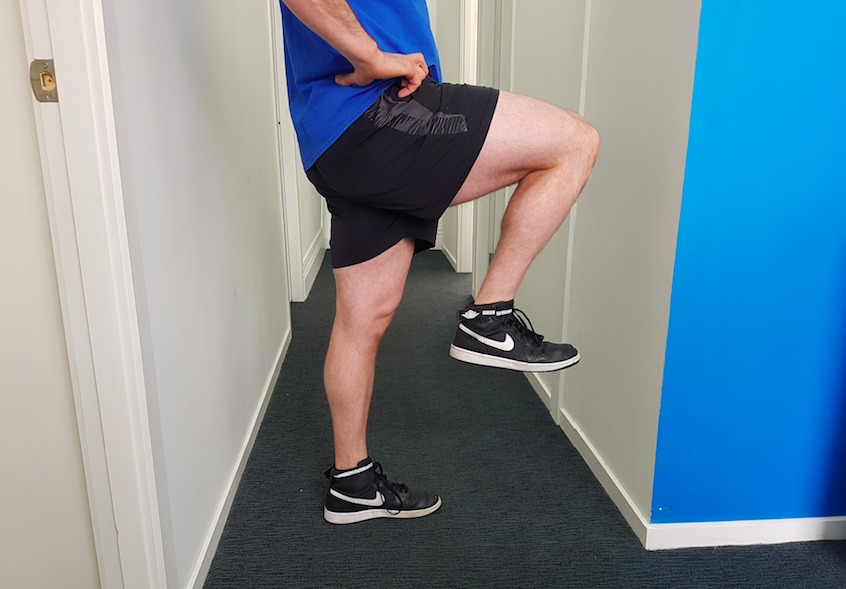
Figure 1 Hip Flexion
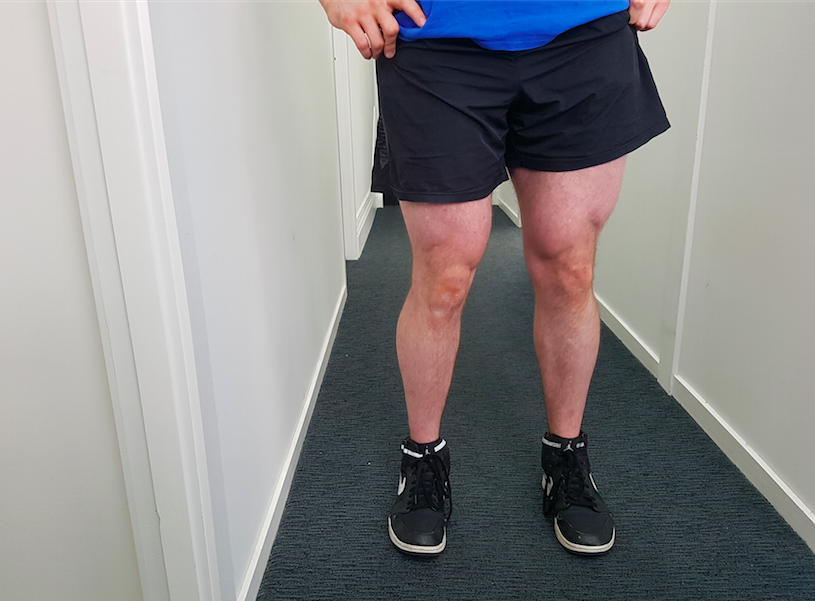
Figure 2 Hip Internal Rotation (left knee) causes valgus stress on knee also pronation of ankle.
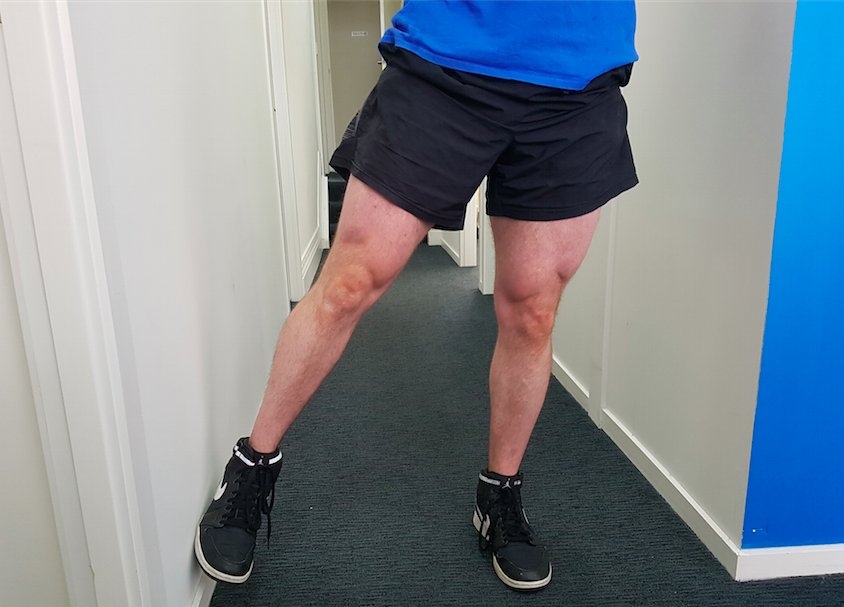
Figure 3 Hip Abduction – Moving leg away from midline.
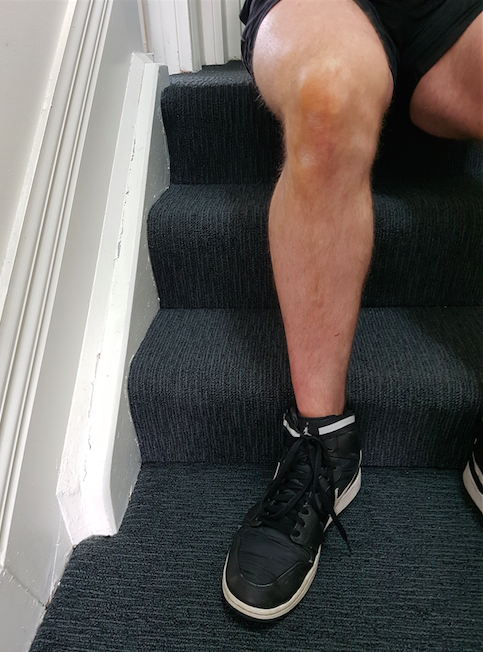
Figure 4 Tibial External Rotation – rotating the tibia (shin) outwards in relation to the femur (thigh bone) This is sometimes referred to as “duck foot”. This movement causing a patellofemoral tracking issue.
Due to large array of movements this particular muscle can perform it is very prone to becoming very overactive and overloaded.
This muscle is particularly tight in people with weakness/dysfunction in their gluteal muscles, weakness/inactivity and tightness in the Iliopsoas muscle (Deep hip flexors)
It is also very commonly overactive in people who have had an injury to their ankle or knee which has not been rehabilitated properly in the past – such as an ankle sprain or ACL injury. Running athletes, people who sit at the desk. This is very commonly seen throughout all of the population.
When addressing this muscle in the clinic one of the best and most effective intervention initially is manual therapy/treatment on the muscle to deactivate trigger points, decrease resting muscle tension, and increase resting muscle length. Techniques we may use include Trigger Point Therapy and Active Release techniques.
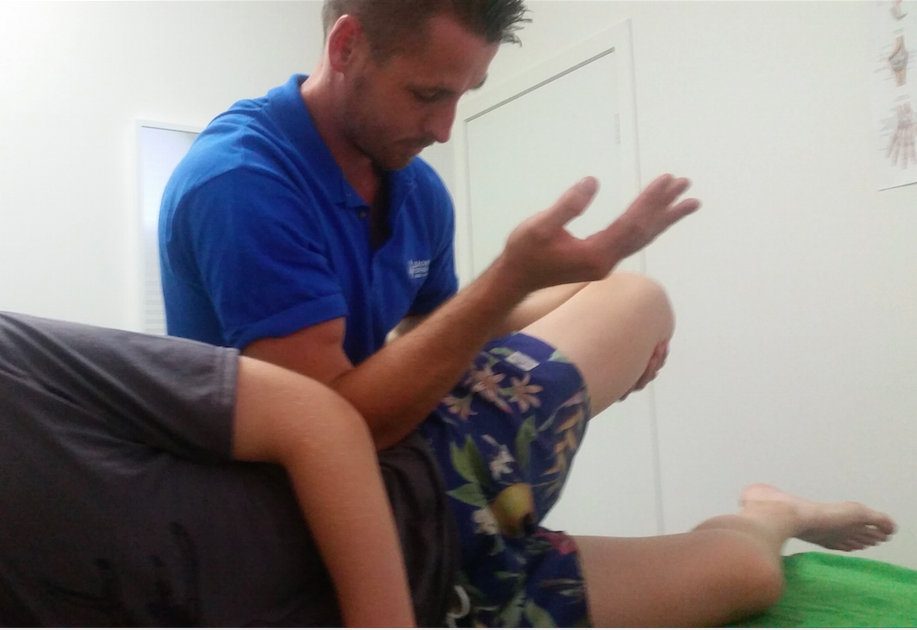
Figure 5 Seamus Hayes performing Active Trigger Point Therapy on the TFL.
To prevent dysfunction from reoccurring we will give exercises and movement re-education to prevent the same mechanical loading patterns from reoccurring. These exercises may be as simple as glute strengthening, TFL stretching, learning how to walk or run correctly, learning how to sit properly and work. Or they may be more advanced corrections such as how to squat – when done correctly, squatting can one of the best exercises for ankle, knee, hip alignment and activation patterns. We will show you self-treatment techniques to help progress your treatment plan faster in between consults.
If you have had symptoms in this area before, come in and get it sorted by one of the trained Melbourne remedial massage therapists at Melbourne Myotherapy & Remedial Massage.
